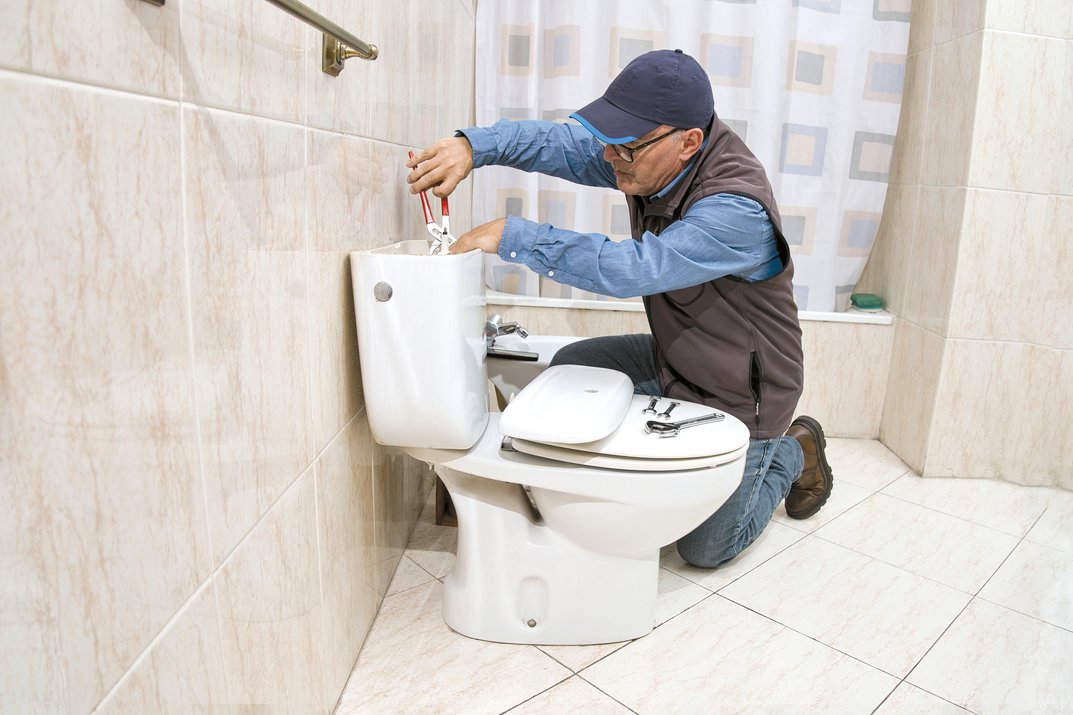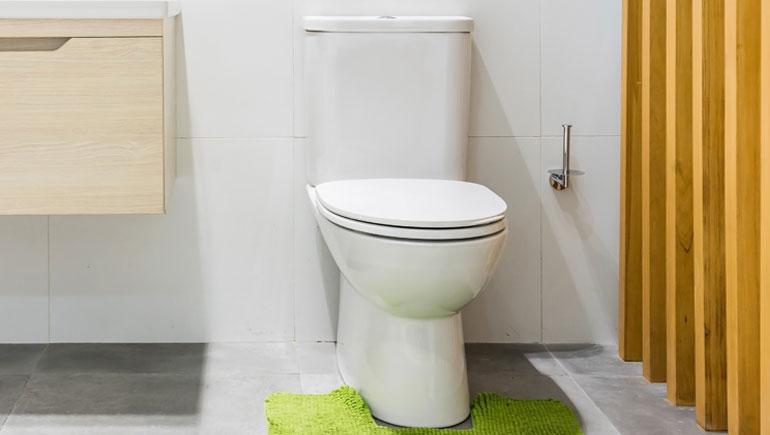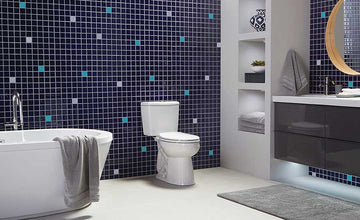Water conservation remains a pivotal consideration amid global efforts to promote sustainable living. A key player in these efforts has become the low-flow toilet, designed specifically to reduce water usage with every flush. You're probably curious: How much water does a low-flow toilet save? Understanding this key component reveals broad implications, particularly within the plumbing and sanitation industry.
To tackle this question effectively and strategically place our key query, 'how much water does a low-flow toilet save' directly ties into the allure of these modern plumbing fixtures. By integrating advanced engineering and strategic design, these toilets not only reduce water consumption but significantly impact water costs and environmental sustainability across households and commercial buildings.

Understanding the Mechanism of Low-Flow Toilets
For those immersed in the plumbing sector, the mechanics of low-flow toilets present an impressive union of technology and practicality. Typically, traditional toilets used between 3.5 to 7 gallons per flush (gpf). In contrast, low-flow toilets utilize less than half that amount, averaging around 1.6 gpf. This reduction is achieved through innovative flush systems that maximize efficiency without sacrificing performance.
Expertise within the industry reveals that efficiency is often achieved through specific mechanisms such as dual-flush systems, which provide users the option of a short or long flush, depending on the waste. Additionally, pressure-assisted technology further enhances flush power while maintaining minimal water usage. Discover more about how water-saving toilets work.
The Quantifiable Impact on Water Usage
On the quantitative front, upgrading a household from standard to low-flow toilets can yield substantial savings. The average American uses about 20 gallons of water per day through toilet usage alone. Switching to a low-flow alternative could slash this figure by nearly half, resulting in approximately 7,000 to 20,000 gallons of water saved per year, per household.
The community-level impact is even more significant. If all homes in the U.S. converted to low-flow toilets, we could conserve over 360 billion gallons of water annually. This saving aligns with strategic environmental goals and profoundly influences the financial aspects of utility management. Learn more about high-efficiency toilets here.
Industry Benefits and Environmental Influence
For QA specialists and industry insiders, the advantages associated with low-flow toilets extend beyond basic water savings. A reduction in water flow equates to diminished strain on waste treatment facilities, leading to cost savings and efficiency gains across municipal services.
In manufacturing and commercial settings, where water usage is both a financial and environmental concern, low-flow solutions prove indispensable. Embedding water-efficient fixtures reinforces organizational commitments to corporate social responsibility while also tapping into potential financial incentives and rebates aimed at fostering greener practices. Find out more about reducing toilet water usage.
Consumer Insights and Market Trends
Observing trends, consumer affection toward environmentally-conscious products grows quickly. This shift propels advancements in toilet technology, enhancing efficiency and design. Industry professionals must stay attuned to these changes to drive innovation today's consumers crave.
The real estate and construction sectors find particular relevance here. Installing low-flow toilets can boost property value, utilizing green credentials to capture environmentally-conscious buyers. More information about the variance between dual-flush and single-flush toilets can be found here.
Conclusion: Transformative Toilet Technology
Ultimately, the question of 'how much water does a low-flow toilet save' reaches beyond mere gallons. It embodies a shift towards sustainability, substantially influencing industry operations and consumer behaviors alike. By recognizing these fixtures as pivotal components in water conservation strategies, stakeholders within plumbing and environmental sectors can advocate for and benefit from this revolution in residential and commercial water use.

FAQs
1. Can replacing my old toilet with a low-flow model really make a difference in my water bill?
Yes, switching to a low-flow toilet can significantly lower your monthly water expenses by reducing the gallons per flush.
2. Are low-flow toilets less effective than traditional models?
No, thanks to modern designs and mechanisms, low-flow toilets maintain high efficiency in flushing while reducing water use significantly.
3. Is there any financial incentive for installing low-flow toilets?
Many regions offer rebates and incentives to encourage the adoption of water-efficient appliances, including low-flow toilets.
For further details on how upgrading your facilities can save water, visit this website.






